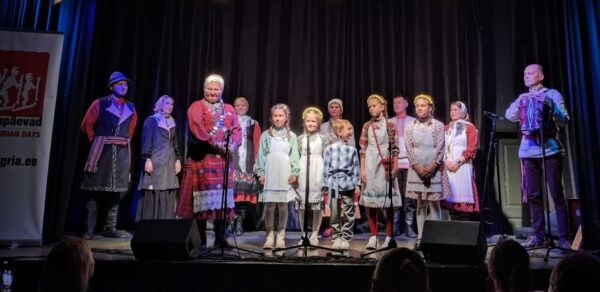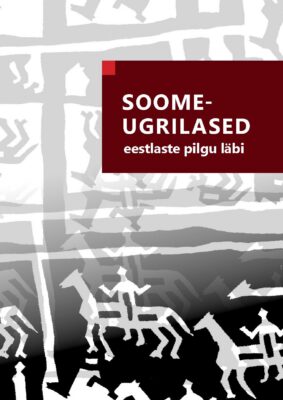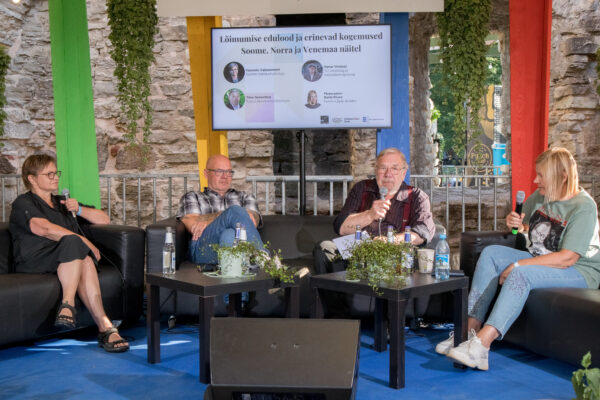Launch of ‘The Waterfowl People’ in York: report
Fenno-Ugria’s travelling exhibition ‘The Waterfowl People’ was launched at the Spring Lange Building in the University of York on 8 May. Project manager Patrick O’Rourke reports on the festive launch.
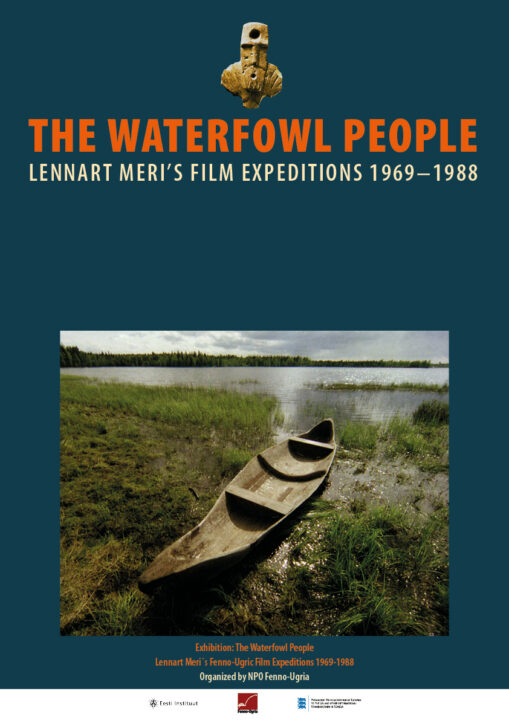
Fenno-Ugria’s informational exhibition ‘The Waterfowl People’ presents the documentaries by Lennart Meri on the Finno-Ugric peoples (The Waterfowl People, The Winds of the Milky Way, The Voices of Kaleva, etc.), introducing also the different Finno-Ugric peoples and cultures. In order to record the material for the films, repeated expeditions were made to the settlements of the Finno-Ugric peoples between 1969 and 1988, and ethnographers, folklorists, artists and writers took part in the work of the film crew. The accompanying texts were written by Enn Säde, design by Peeter Laurits.
The exhibition was previously at the Sapienza University in Rome, from where the exhibition has now travelled to the United Kingdom, to the University of York.
University of York
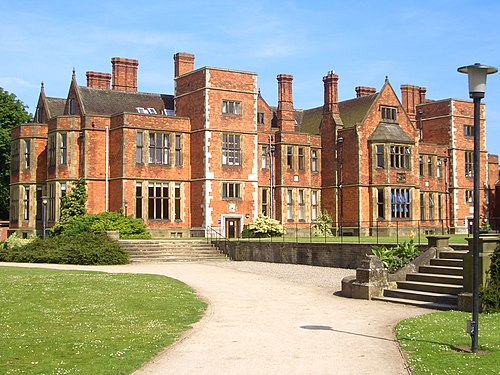
The University of York was established by Royal Charter in 1960, opening its doors three year later in 1963. The university was first located in three buildings, mainly King’s Manor in the city centre and Heslington Hall, which is now in the university’s campus area. Purpose-built buildings were erected on marshes surrounding Heslington Hall by the end of the 1960s.
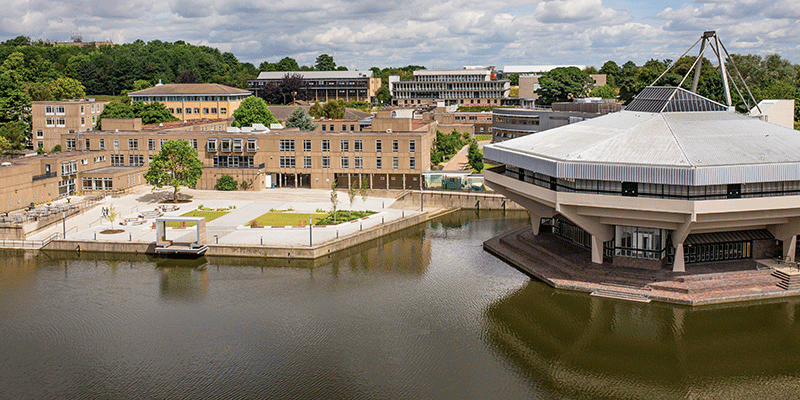
At the time of its opening, the university had 230 students and 28 staff, but now the university has over 20,000 students and 5,000 staff, over 40 schools, departments and centres, and over 600 undergraduate and postgraduate courses.
The exhibition was prepared in collaboration with the University’s Borthwick Institute for Archives and Research Collections and the Department of Language and Linguistic Science. The latter represents the highest-ranking department of its field in the United Kingdom according to the Times Higher Education’s ranking of the latest REF results (2021).
The festive launch
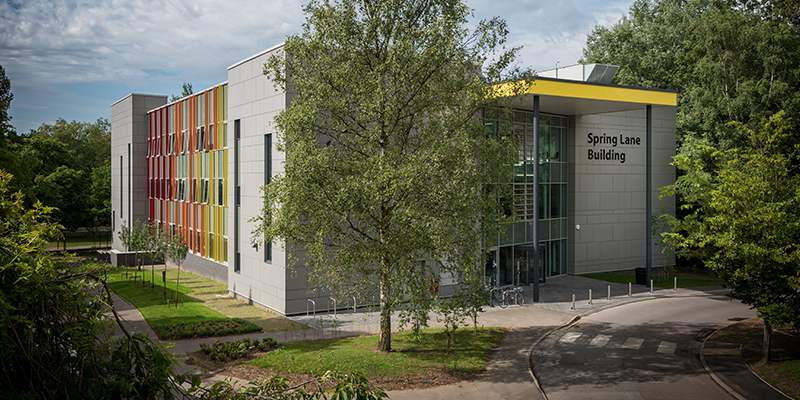
The exhibition is located in the Spring Lane Building, the construction of which was completed in 2016. The building has 26 seminar rooms, a 350-seat lecture hall and various study areas. All three floors of the building host exhibitions and there are many events organised in the common area. Therefore, exhibitions located in the building are very well visible to students and staff alike.
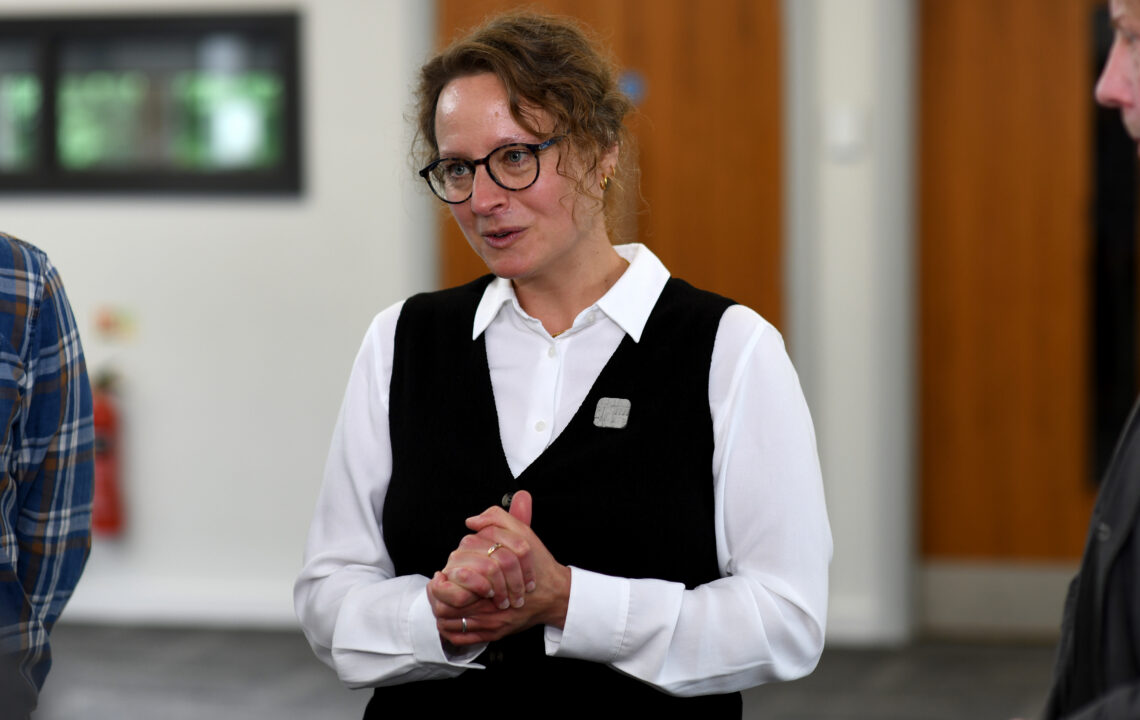
The launch of the exhibition started with the university’s Art Curator Helena Cox warmly welcoming the participants and speaking about the value of international collaborations. The university is very happy to receive the exhibition that has toured across Europe.
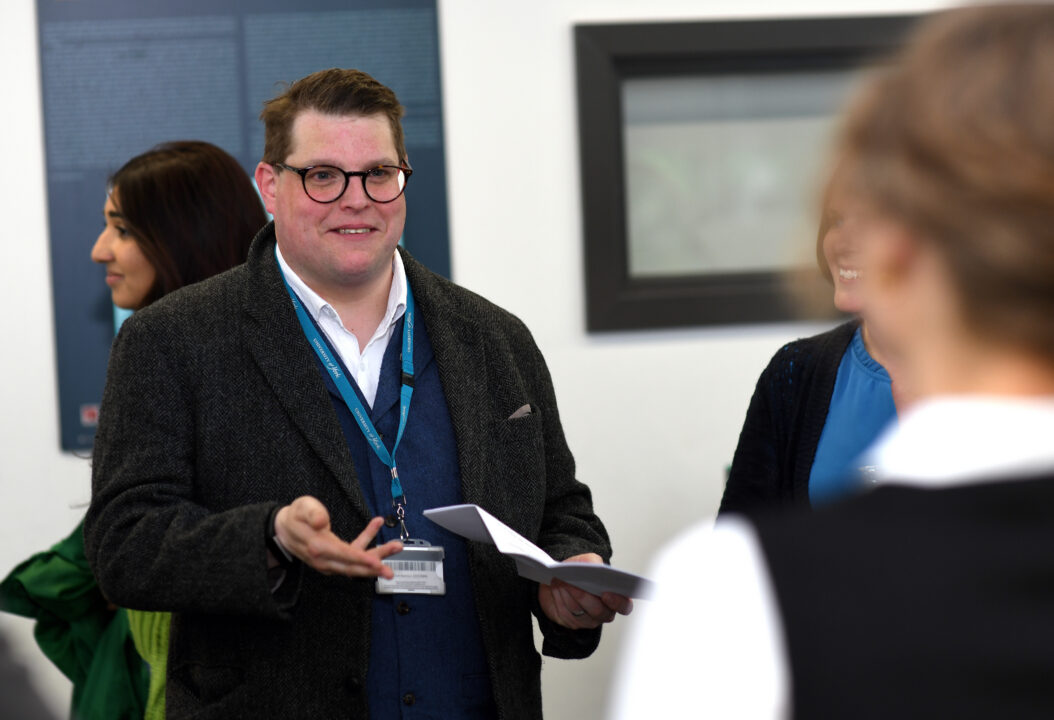
The Keeper of Archives of the university’s Borthwick Institute for Archives and Research Collections Gary Brannan gave an opening speech, in which he highlighted the importance of the research that is the prerequisite of such exhibitions as ‘The Waterfowl People’. Interestingly, the Borthwick Institute of Archives has an old copy of a Finnish Bible that was bought from Narva in the Early Modern Age. This is but one example of the various treasures that archives hold.
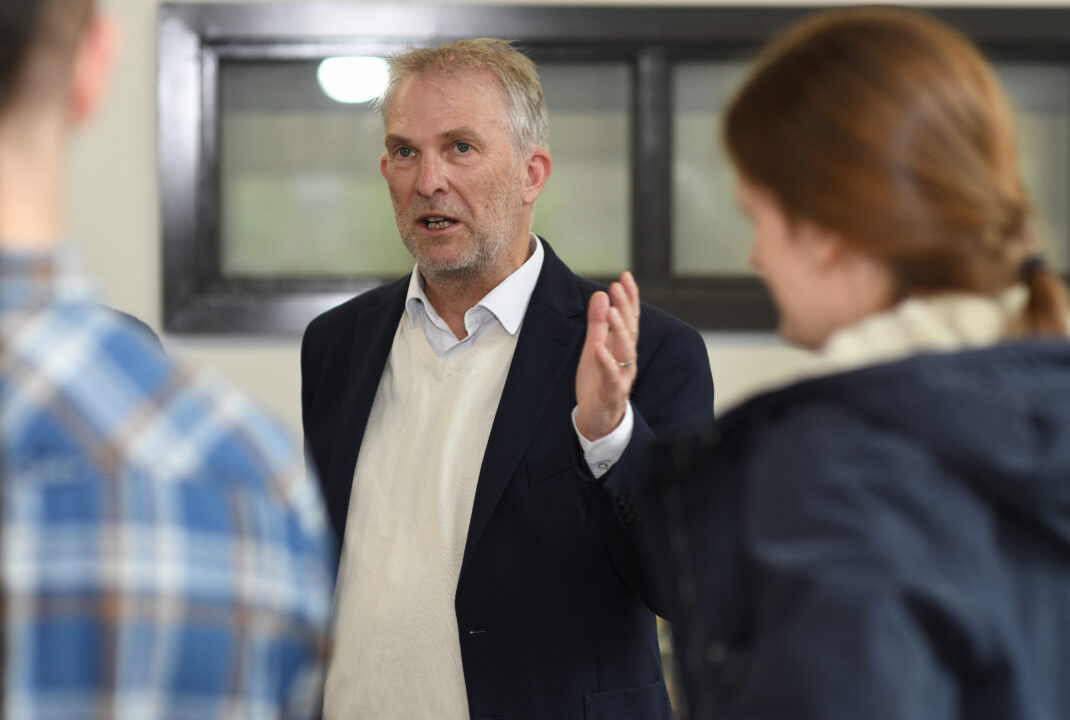
From the Department of Language and Linguistic Science, Anniversary Professor Dunstan Brown welcomed the participants and highlighted the importance of the exhibition and the underlying research in the international context of language studies. Professor Brown is also Patrick O’Rourke’s former supervisor, and he was Fenno-Ugria’s first point of contact in negotiating the exhibition from Rome to York.
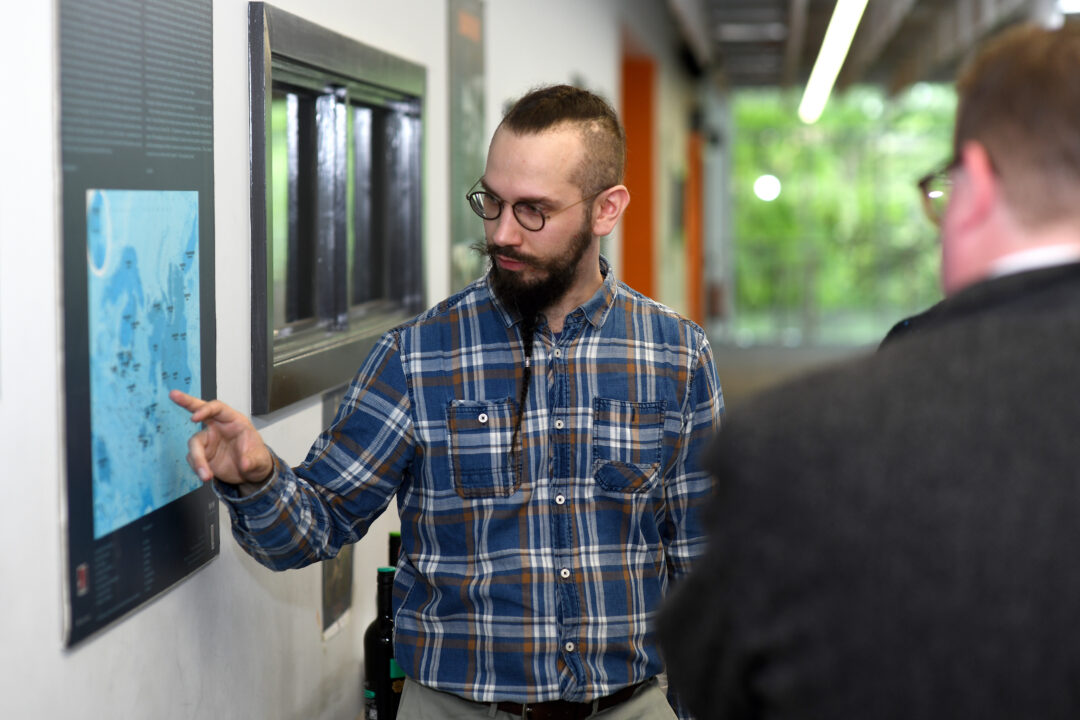
Fenno-Ugria’s Project Manager Patrick O’Rourke continued by thanking the University on Fenno-Ugria’s behalf, also reminiscing his time studying in the university. His talk introduced the background of the exhibition, giving an overview of Fenno-Ugria as an organisation, the Finno-Ugric peoples as a whole. He also talked about the history of how the current understanding of the Finno-Ugric language family developed and what political events led to Lennart Meri’s times.
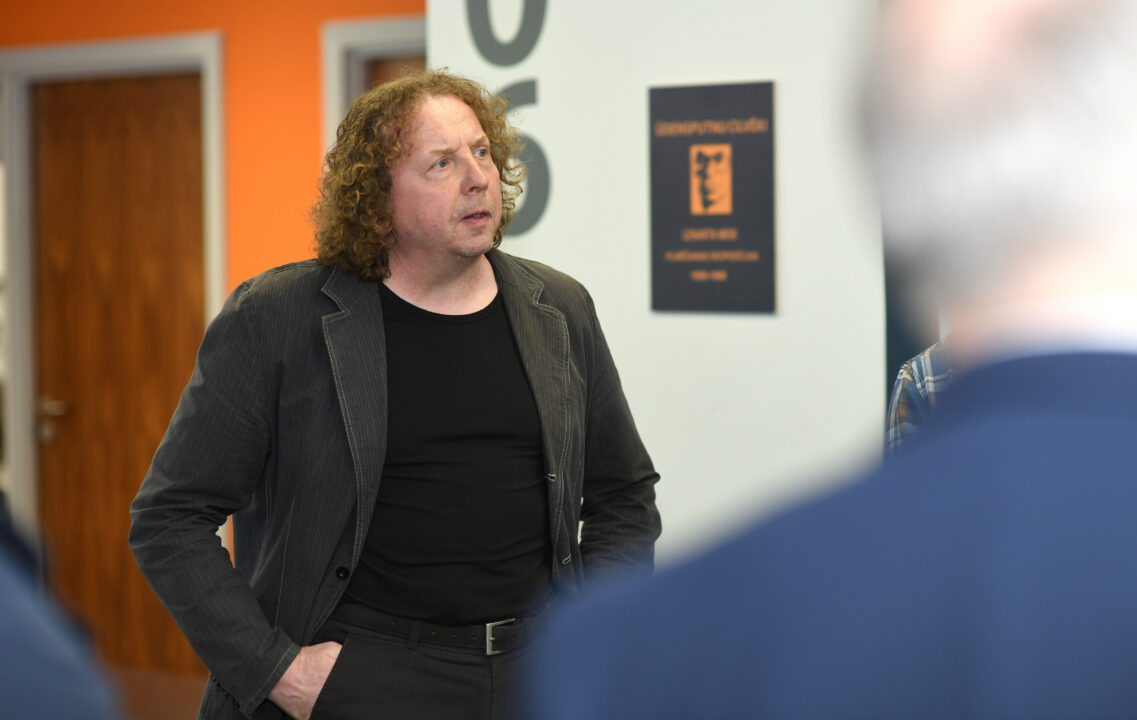
Fenno-Ugria’s Chairman Madis Arukask continued the introduction by talking about Lennart Meri’s films that were created during Meri’s expeditions to Finno-Ugric people. He also an overview of Lennart Meri as a writer, director and a fundamentally important person for the development of Finno-Ugric identity of Estonians. Arukask also presented the university with a DVD collection of Lennart Meri’s movies, which was greatly welcomed by the university.

The launch was a great success, and the event was held in a positive atmosphere with interesting discussions following the talks. Fenno-Ugria wishes to express its gratitude to the University of York for hosting the exhibition!
The exhibition launch will be followed by a workshop and film screening of Lennart Meri’s films during the next autumn semester.
